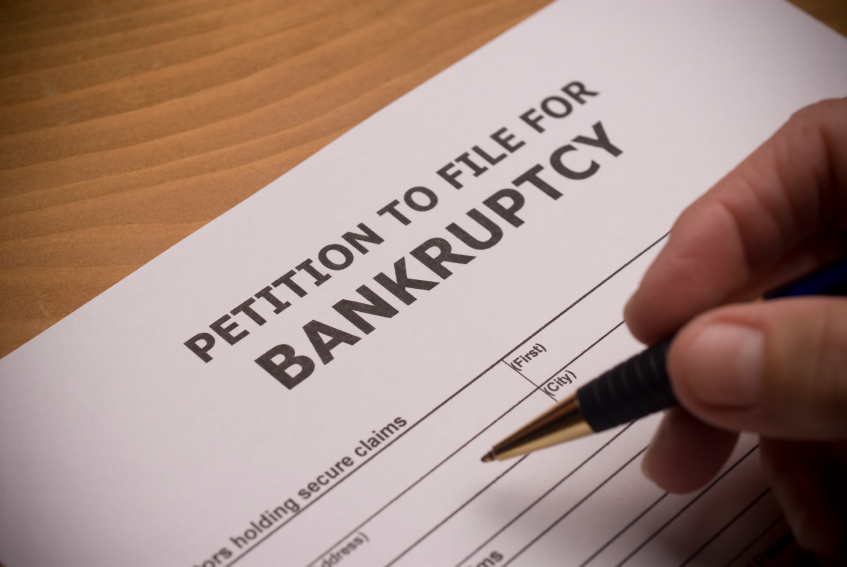Identifying Bankruptcy Fraud
Bankruptcy Fraud is a form of deception and theft, which unfortunately, is increasing in both the US and Europe.
The bankruptcy system is designed to give an individual or a company a chance to reorganize their affairs, or if reorganization is not possible, to equitably distribute the non-exempt assets of the debtor among the creditors. This is often referred to as “a fresh start”. The amount of money a creditor will receive in a case will range from nothing in many cases to 100 percent in a few cases. In every case there will be significant delays from the time a bankruptcy petition is filed until the case is closed and all creditors receive final payment.
The bankruptcy system is based on the theory that a debtor will make full disclosure of all assets and liabilities so that the final disposition is in accordance with the requirements of the law. Unfortunately, at times both debtors and creditors try to obtain more than they are entitled to under the Bankruptcy Code. There are a number of criminal statutes that prohibit this type conduct.
Although concealing assets or making false statements in a bankruptcy proceeding make up the majority of bankruptcy frauds, there are a number of fraud schemes that are more complicated or are primarily designed for reasons other than maximizing the retention of assets in bankruptcy. Such schemes often use the automatic stay provided by the Bankruptcy Code to conceal an earlier crime, maximize profit from an ongoing fraud scheme or buy time while the perpetrator finds a way to avoid victims or leave town.
A comprehensive list of fraud schemes will be presented in two articles. Within each fraud category examples of schemes will be presented, with red flags to look for, and courses of action to be pursued if a scheme is encountered. Again, keep in mind that this is a list of common warning signs in a fraud scheme. Many of these factors may be present in situations where there is no fraud, so do not jump to conclusions simply based on these warning signs.
Identifying Bankruptcy Fraud–Part 1 covers common fraud schemes involving bankruptcies and debtor fraud. Identifying Bankruptcy Fraud–Part 2 will focus on creditor fraud and professional fraud. Included in both articles is a list of warning signs of banruptcy fraud.
Next: Common Fraud Schemes Involving Bankruptcies


